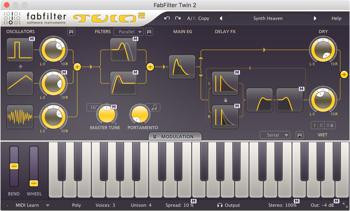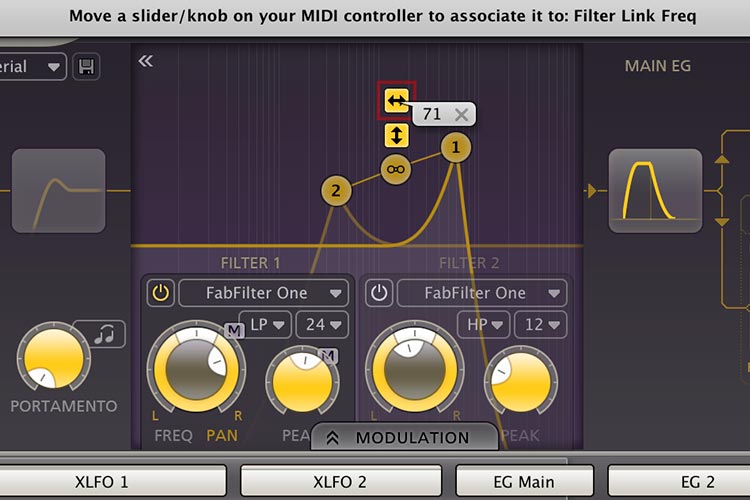


Obviously one way to make sure a certain plugin outputs the same quality at playback vs render, is to first print it in real-time with no change in settings (preferably in a 64-Bit Floating Point environment), and then render it. Of course that was much easier to null, since it had no randomizing elements.ĭo plugins sound different (lower in quality) while being played back compared to bouncing/rendering? And if so, how would you force them to be at their highest quality even for playback so that you can change their settings on the fly creatively and print the result in real-time and not worry about the output quality? The other group of difference-hearers suspected that the consolidation sounded worse because it was a process - an extra step - and in their experience (heretofore all from Tape), all processes and extra steps involved subtle (or not so subtle) degradations. While it took "less work" for the computer to play back a seamless consolidated file - one string of 1's and 0's, right off the drive. One group felt that the raw track with the edits and fades sounded worse because the computer had to do "extra work" - hopping around the hard disk from take to take and calculating fades on the fly. Then, those that felt there was a difference were subdivided into two sub-groups. People were frantic with worry that a consolidated track sounded different from the raw edits.

I remember when digital audio (and the forums that discussed digital audio) was new-ish there was a big online controversy about consolidating edits.
#Fabfilter twin 2 zip Offline
So all I can do is hope that Soundtoys, u-he and FabFilter plugins sound the same at playback vs offline rendering.which one do you think sounds "worse"? Do you have a theoretical basis for an assumption? Do you consistently hear a difference? That’s the main reason I wanted to know the answer to my question. So all I can do is hope that Soundtoys, u-he and FabFilter plugins sound the same at playback vs offline rendering.

It can give you results that you may/may not get if you go the render route. Just my two cents, of course.I’m sure you agree that manipulating a delay plugin in real-time has great creative potential.
#Fabfilter twin 2 zip manual
I don’t know any database with such info… I know which plugins I own have this feature, but it’s not really a selling point for me, I first get interested in the plugin for what it is I usually become aware of the different rendering options only when demoing the plugin or reading the manual (so I’m already contemplating the purchase, regardless of the export quality options). To be honest, I don’t really care about this, unless the plugin offers the option for higher quality at rendering time (and even then, I listen and judge if it’s worth and I also try if my computer is strong enough to allow that same quality while playing - if there’s an option for export, usually there’s the same option for playback, too). I don’t know if PluginDoctor allows for testing both playback and export (if the vst standard still requires/supports both honestly I have no idea). Null tests may be tricky/impossible to do, there may be “random” parts on the processing (for example an analog emulation, or just a reverb), so the result will never be 100% the same. Unless there’s an option to have a different quality while rendering (usually higher oversampling, some plugins offer this), I would guess nowadays the quality is always the same. I don’t know nowadays with the current version of the vst standard, but years ago it allowed for a different method of processing for rendering vs playback (it was up to the dev to differenciate the implementation, though).


 0 kommentar(er)
0 kommentar(er)
